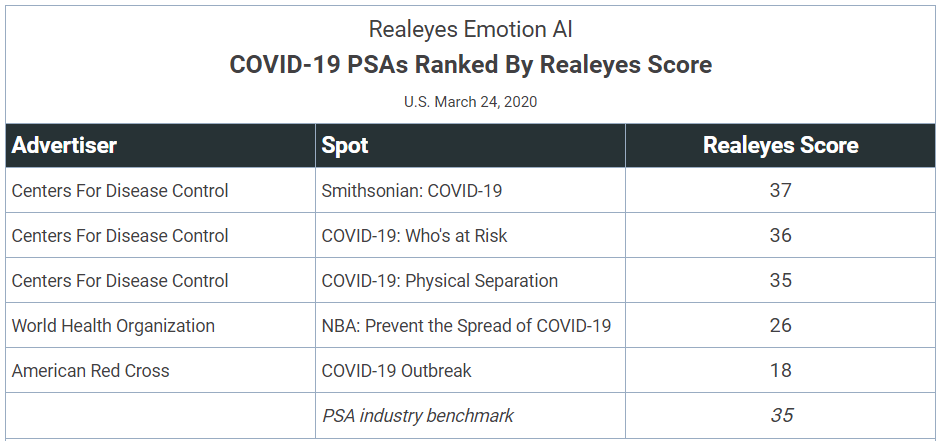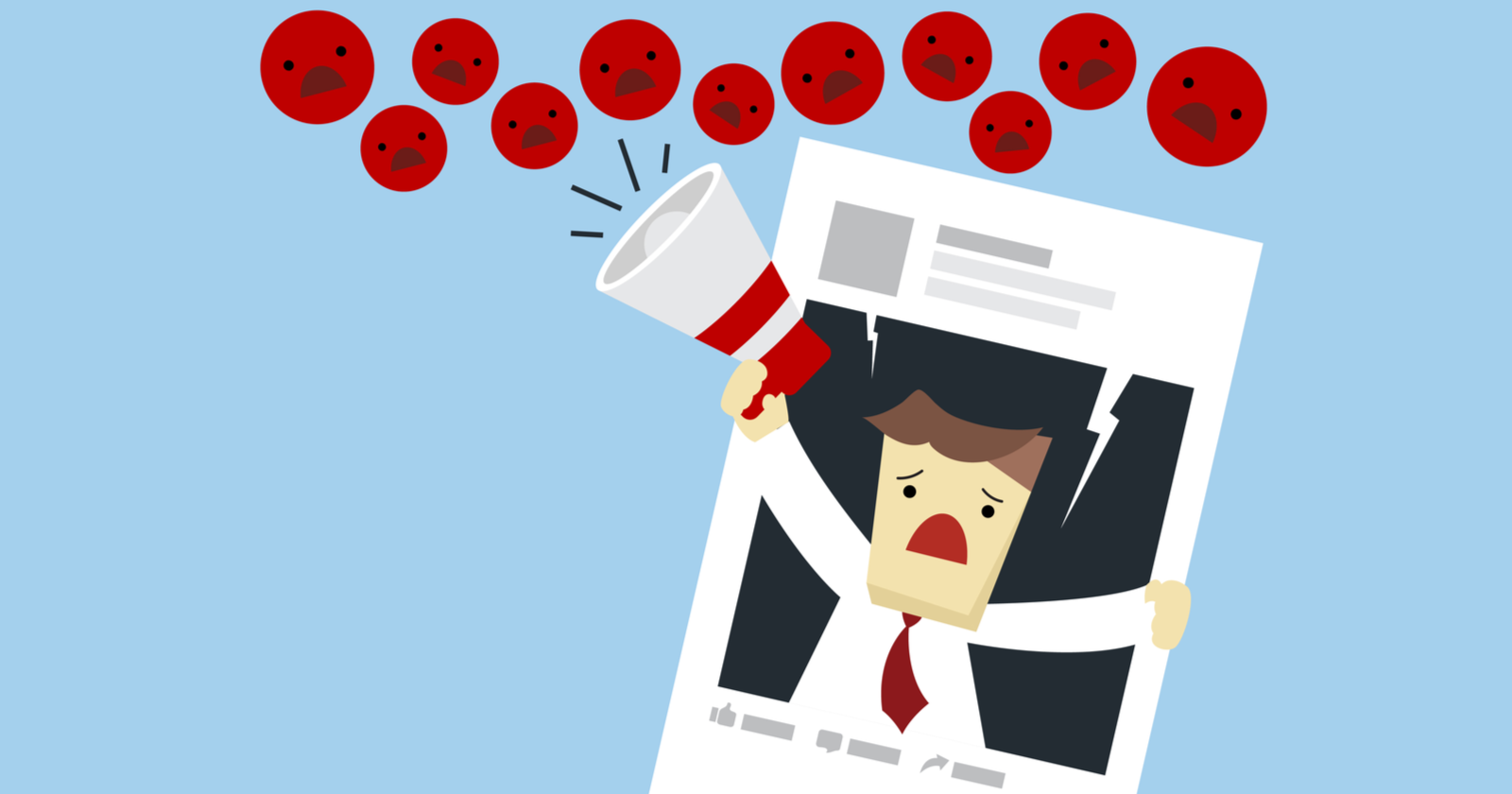If I had written this article a month ago, finding brands that were tone-deaf to the sudden shift in consumer attitudes and behavior triggered by the novel coronavirus pandemic would have been as easy as shooting fish in a barrel.
But, that was before stay-at-home orders, school closures, and social distancing became the “new normal.”
Corona Hard Seltzer
For example, Corona USA launched Corona Hard Seltzer on February 24, 2020.
The video ad that they uploaded back then, NEW Corona Hard Seltzer. Four delicious flavors. One splashy entrance., is now unlisted.
And the video ad’s description reads:
“Introducing Corona Hard Seltzer: 0g Carbs | 99 Calories | 0g Sugar. Four delicious flavors coming soon.”
Now, raise your hand if you’ve had a Corona Hard Seltzer at a beach party during spring break.
If you have, go get tested because you’re probably one of the “spring-breakers” who became “super-spreaders” of COVID-19.
Yes, I know, it was virtually impossible for Corona to change the name of its brand.
And it’s extremely hard to postpone the launch of a new product.
But, even way back then, the marketers at Corona Hard Seltzer should have known better than to “stick to the plan” when “all hell’s breakin’ lose.”
Now, some might argue that the World Health Organization (WHO) didn’t declare COVID-19 to be a pandemic until March 11, 2020.
So, we should cut the marketing team at Corona some slack.
But, even as early as February 27, Megan Graham of CNBC wrote a story, Corona will continue controversial promotion for hard seltzer amid coronavirus outbreak.
And she said:
“YouGov, an international polling and market research company, published research Wednesday on how Corona’s brand sentiment has fared amid the Coronavirus outbreak, and said purchase intent for Corona ‘is at the lowest it’s been in two years, though the summer-y beverage which is closely associated with beach holidays does see substantial seasonal fluctuation.’”
So, if you “Pay no attention to that man behind the curtain,” or in this case pay no attention to the journalist at CNBC and the market research from YouGov, then your brand will pay a price.
Carnival Cruise Line
Another brand that looks awful with 20/20 hindsight is Carnival Cruise Line.
Watch Behind the Fun: The Making of Mardi Gras | French Quarter With Emeril Laggase |Carnival Cruise Line, which was uploaded on February 25, 2020.
The description reads:
“Mardi Gras is coming at ya with a BAM! If you’re wondering what’s in store for you at Mardi Gras’ French Quarter zone, then keep watching to meet Emeril and our VP of Beverages Eddie Allen. They go Behind The Fun on all the incredible food and drinks you’ll find here!”
Watching this today reminds me of the lines from Carl Sandburg’s book-length poem “The People, Yes” which was published back in 1936 during the Great Depression:
“Isn’t that an iceberg on the horizon, Captain?”
“Yes, Madam.”
“What if we get in a collision with it?”
“The iceberg, Madam, will move right along as though nothing had happened.”
That’s why the Carnival Cruise Line looks awful in retrospect to people who visited The Big Easy, which has been ravaged by the coronavirus outbreak.
Progressive Insurance
Somewhat less awful is this video from Progressive Insurance, which was uploaded on March 7.
Titled Off the Mara-ket | Progressive Insurance Commercial, the video ad’s description reads:
“Mara’s not interested … unless it’s about bundling home, auto, or renters.”
OK, raise your hand if you’ve been to a karaoke night at a neighborhood grill and bar in the past month.
So, what don’t you understand about social distancing?
And be honest, an awkward laugh isn’t the most effective way to increase brand lift while your customers are bunkered up and hunkered down.
But Wait, There’s More!
Since then, it appears that most other brands have either “gone dark” for the duration of the stay-at-home orders, or they’ve learned an important lesson.
When market trends zig dramatically, your video advertising and content marketing plans need to zig dramatically, too.
That’s why this article is much harder to research and write now in mid-April than it would have been back in mid-March.
According to two recent surveys of 1,500 adults in the U.S., which were both conducted by Shareablee, 60% of consumers believe that brands and companies are responding appropriately to the COVID-19 outbreak on social media.
One of the surveys asked, “What type of content do you prefer from brands surrounding the COVID-19 pandemic?”
The multiple-choice question yielded some interesting insights:
- 64% of consumers said they preferred content about news (e.g., current infection rates) and/or public service announcements (e.g., handwashing).
- 56% said content about the “new normal” (e.g., work from home and/or homeschooling).
- 52% said content about supporting the community (e.g., donations and/or acts of kindness).
- 46% said content about optimism (e.g., better times ahead and/or feel-good stories).
For example, compare Heineken | Ode to Close to the earlier tone-deaf video ad by Corona Hard Seltzer.
As the description to Heineken’s video says:
“We’re further apart. Yet, we’re closer than ever.”
So, even before the Shareablee surveys were published, it appears that a critical mass of marketers got the memo: “Acknowledge the new reality.”
And they’d shared this strategic insight with an average of three colleagues, which is how ideas go viral.
But, fewer marketers seem to have read and shared the related article entitled, How to stay on top of market trends in a dynamic environment, which was written by Simon Rogers, the Data Editor of Google News Lab, and was also published last month in Think with Google.
And, if they did start to read it, then most seemed to have stopped reading once they reached the second paragraph, which said:
“In this dynamic environment, people’s needs are changing constantly. To keep up with shifting behaviors, consider Google Trends, a free tool that provides access to actual search requests across Google Search, YouTube, Shopping, and Images.”
Hey, I get it.
We already know about Google Trends and most of us have used it occasionally when looking for seasonal search terms.
But, in the third paragraph Rogers added:
“To help you stay on top of these shifts, the Google News Lab is curating global trends related to the pandemic with an option to dive more deeply into any of 24 local markets.”
That was the “new news.”
In other words, Rogers buried his lead.
So, many of us still haven’t check out these curated local and global trends yet.
And it’s worth revisiting the coronavirus search trends each morning because they continue to change.
For example, back in March, searches for “how to make hand sanitizer” had grown by 4,950% worldwide.
At the same time, there had been a 600% increase in searches for “can you get coronavirus twice.”
And searches for “grocery delivery service near me” had gone up 200% globally.
In April, searches for “car insurance refunds COVID-19” had grown by 3,750% in the United States.
Meanwhile, there had been a 4,950% increase in searches for “coronavirus small business.”
And searches for “O blood group and coronavirus” had gone up 1,400%.
So, savvy SEOs, PPC experts, creative content marketers, and social media mavens can get daily insights by visiting Google Trends the first thing every weekday morning.
In other words, virtually everyone knows coronavirus is “the elephant in the room.”
But, in this dynamic environment, digital marketers need to find out that worldwide searches for:
- “Vaccine” hit an all-time high on April 1.
- “Meditation” hit an all-time high on April 3.
- “Instant noodles” hit an all-time high on April 7.
- “Cooking” hit an all-time high on April 9.
- Both “antibody” and “insomnia” hit all-time highs on April 10.
- Both “normal” and “public health” hit all-time highs on April 15.
- “Buzz cut” hit an all-time him on April 16.
You don’t want to be the last one in your market segment to create a new YouTube video or blog post about one of these micro-trends.
Now, when it comes to responding quickly to constant changes in people’s information needs, the news media “got the memo” a long time ago.
But, more digital marketers need to change old habits from less turbulent times and start moving at the speed of news.
At that’s hard to do at a time when 86% of advertisers and agencies in the U.S. are expecting to make deep cuts to their media spending for the rest of the year, according to a new survey from research firm Advertiser Perceptions.
Meanwhile, the other 14% of brands are still adjusting to having their digital marketing teams work remotely from home.
So, this is creating a second wave of reasons why another set of brands are looking awful during the “coronavirus recession” that’s been triggered by the COVID-19 pandemic.
Ann Taylor, American Eagle & Anthropologie
For example, Tasneem Nashrulla of BuzzFeed News recently wrote an article, Big Brands Were Praised For Saying They Would Pay Store Associates During The Coronavirus Pandemic. Employees Say That’s Misleading.
And she didn’t bury the lead. Nashrulla said:
“In response to the coronavirus pandemic, big clothing brands, including Ann Taylor, American Eagle, and Anthropologie, shut their stores across the world but earned praise for announcing they’d pay their store employees during the closures. But employees told BuzzFeed News that the companies are misleading them as well as the public.”
She added:
“Store associates ended up getting paid very little or nothing after stores cut their scheduled shifts before announcing the closures. And employees said the companies have failed at communicating with them during the pandemic.”
So, it’s not enough to “talk the talk.”
Your brand also has to “walk the walk.”
American Red Cross
The opposite is also true.
You may think that actions speak louder than words, but words matter, too.
For example, as COVID-19 continues to spread more uncertainty, anxiety, and sickness across the world, one would hope that the public service announcements (PSAs) from the major government and health organizations would resonate with people.
But, a comparative media analysis by Realeyes of five recent video ads from these kinds of organizations in the U.S. found that they don’t.
Back in June 2018, I explained how Realeyes uses webcams as well as computer vision and machine learning to measure how people feel as they watch video content online in a Search Engine Journal article, What Is Artificial Emotional Intelligence & How Does Emotion AI Work?
Well, the average Realeyes Score among all 26,000 videos that have measured to date is 50 out of a possible 100.
But, as you can see in the chart below, the five COVID-19 PSAs were well below average for overall emotional engagement and attentiveness among viewers in the U.S.
That’s not only tragic.
It’s awful.

The worst of this bad bunch of PSAs was the American Red Cross’s Healthy blood donors needed during Coronavirus outbreak which achieved a Realeyes score of only 18 out of 100.
Helping to maintain a sufficient blood supply is a good cause.
As the video’s description explains:
“The American Red Cross expects blood drive cancellations to continue to grow with the number of coronavirus disease 2019 (COVID-19) cases on the rise, making it difficult to sustain the blood supply for patients in need.”
But, if few people watch your organization’s PSA and even fewer like, comment on, or share it, then your PSA ends up looking awful during the coronavirus crisis.
Why?
Because it was a missed opportunity.
What could they have done to have created a better PSA?
On April 10, Max Kalehoff wrote a post on the Realeyes Blog entitled COVID-19 Public Service Announcements Struggle to Engage.
He said:
“While producers of PSAs often have challenging subject matter and lower budgets, they could benefit by incorporating best practices from some of the better performing corporate advertisers who achieve far greater scores.”
For example, check out Flatten The Curve which was created by the Ohio Department of Health.
The video’s description says simply:
“Social distancing works.”
And Ad Age’s Ann-Christine Diaz says in an article, This social distancing ad uses ping pong balls to scare the hell out of you.
She adds that the video:
“[T]akes a page from the ‘This is your brain on drugs’ playbook and depicts an endless grid of the balls set atop mouse traps tightly packed together—it then takes just one orb to trigger the rest of them to go flying.”
Competitors of Dove
And if you think that you can avoid looking awful because you’re doing nothing at all at a time when every state in the United States is under a federal disaster declaration – for the first in the history – then think again.
You aren’t going to maintain your market share for long if your brand went dark instead of finding a way to thank the doctors, nurses, and medical workers who were putting their own lives at risk in a time of unprecedented peril.
For example, imagine that you are a member of the digital marketing team at one of Dove’s competitors in the beauty and personal care products categories.
Now, watch Dove | Courage is Beautiful.
As the video’s description says:
“To all the front-line heroes, and to those who support them – we thank you for your courage and care.”
So, even if you try to avoid looking awful by going dark, you’re not going to be in a healthy or strong position to bounce back after a vaccine has been widely distributed and the economy starts to recover.
Competitors of Oreo
Need a more upbeat example?
Imagine that you are a member of the digital marketing team at one of Oreo’s competitors in the cookie market in the U.S., which is called the “biscuit” market in the U.K.
Now, watch OREO Stay home. Stay playful. 30.
As the video’s description says:
“We need to stay playful now, more than ever.”
If Oreo is communicating with your customers while you’ve gone dark, then how much shelf space do you think your cookie or biscuit brand can maintain after local grocery stores on both sides of the pond no longer need to enforce social distancing measures?
Competitors of Realtor.com
Finally, I’m a believer in the rule of three.
So, let me share a third example that shows why 80% of brands that plan to go dark will look awful after stimulus checks get deposited and the stay at home orders are lifted.
Imagine that you are a member of the digital marketing team at one of Realtor.com’s competitors.
Now, watch #StayHome.
Then, read the video’s description, which says:
“”Home” holds different meanings for each of us. Whatever it means to you, we hope you will #StayHome and find some comfort while we weather this storm together. Realtor.com is donating $100,000 to @Feeding America to help people most in need during the current crisis.”
You’ve probably guessed what I’m going to say about this third example.
But, if you want a second opinion, read Mark Ritson’s recent column in Marketing Week, a business magazine and website focused on the marketing industry in the U.K.
It is entitled The best marketers will be upping, not cutting, their budgets.
Now, it may seem like a paradox, but Ritson says that recessionary periods actually provide fertile grounds for marketers to grow their brand’s market share if they’re prepared to think long-term.
All I can add is this: brands should think twice before going dark during the COVID-19 pandemic and coronavirus recession.
Like democracy, brands die in the darkness.
More Resources:
- How to Get Your Brand Message Right & Wrong in Times of Crisis
- Consumers Seeking Uplifting YouTube Content During the COVID-19 Pandemic
- SEO & COVID-19: How to Rank for Questions People Will Ask
Image Credits
In-Post Image: Realeyes




